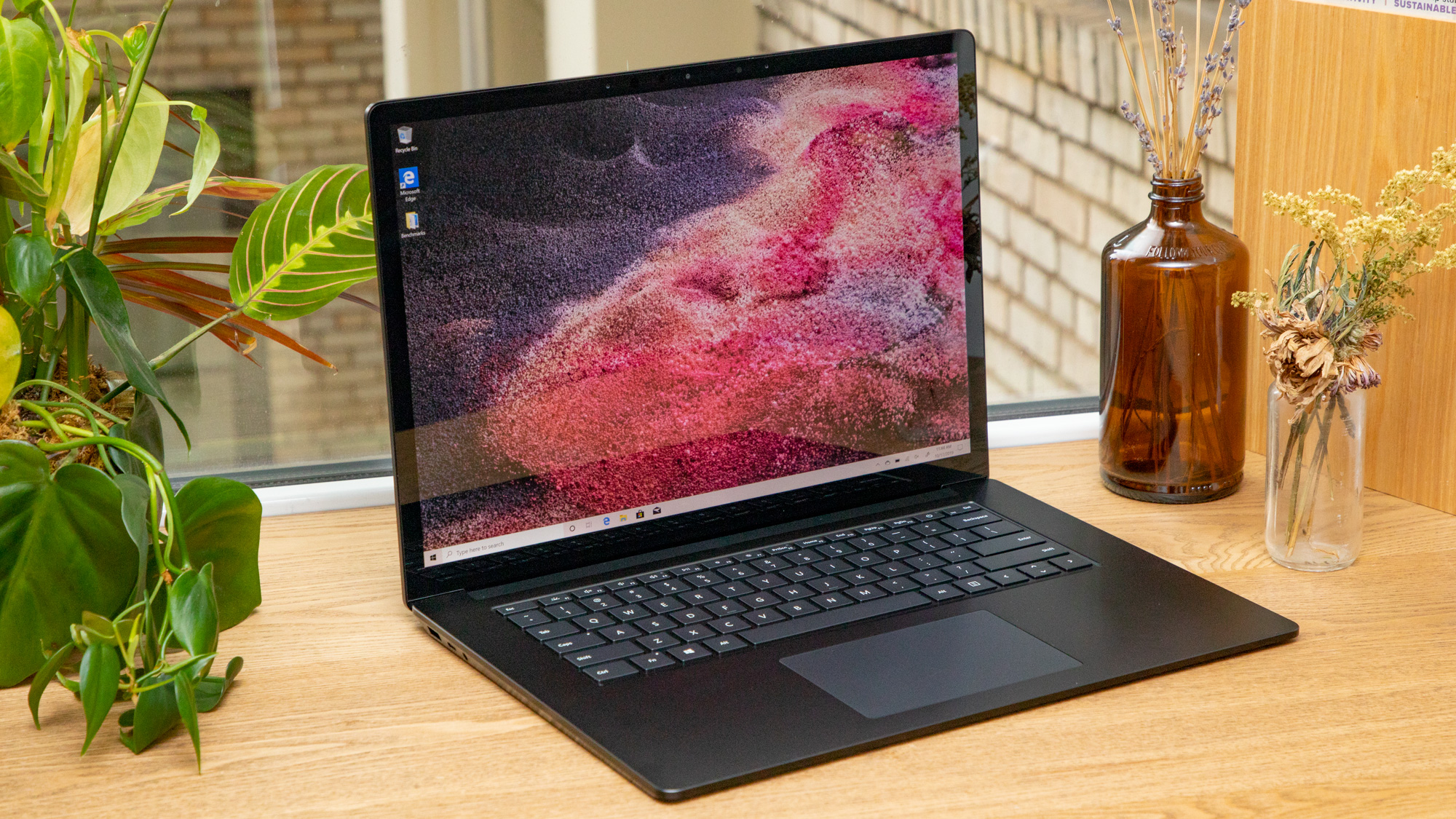
/Surface-3-vs-Surface-Pro-3-e225609c4d244a84806edb601b514dad.jpg)
The rear of the tablet became quite toasty during the latter, and we could hear the fans whirring away inside as well. The Surface Pro 3 mainly struggled with our video processing and multi-tasking tests. This is a shame, as the Surface Pro 2’s Core i5-4200U processor performed much better, scoring 47 overall. This is six points lower than other Core i5 Ultrabooks we’ve tested, giving it performance speeds more akin to an older Ivy-Bridge Core i5 Ultrabook instead. Because of this the Surface Pro 3 only scored 41 overall in our multimedia benchmarks.

However, that slim chassis isn’t best suited to intense multi-tasking, as it can't dissipate all the heat generated to runs its CPU at full speed all the time. This is a similar set-up to most Ultrabook laptops, so the Surface Pro 3 certainly has a lot more processing power than your average Windows tablet. Our review sample was one of the lower-end specifications which comes with a 1.9GHz Intel Core i5-4300U processor, 4GB of RAM and 128GB of storage. Previously, Microsoft only let you change the amount of internal storage that came with your Surface tablet, but now there are specifications ranging from a £649 Core i3 model with 64GB of storage right up to a £1,649 Core i7 version with 512GB of storage. Another thing that distinguishes the Surface Pro 3 from its predecessors is the availability of multiple specifications.


 0 kommentar(er)
0 kommentar(er)
